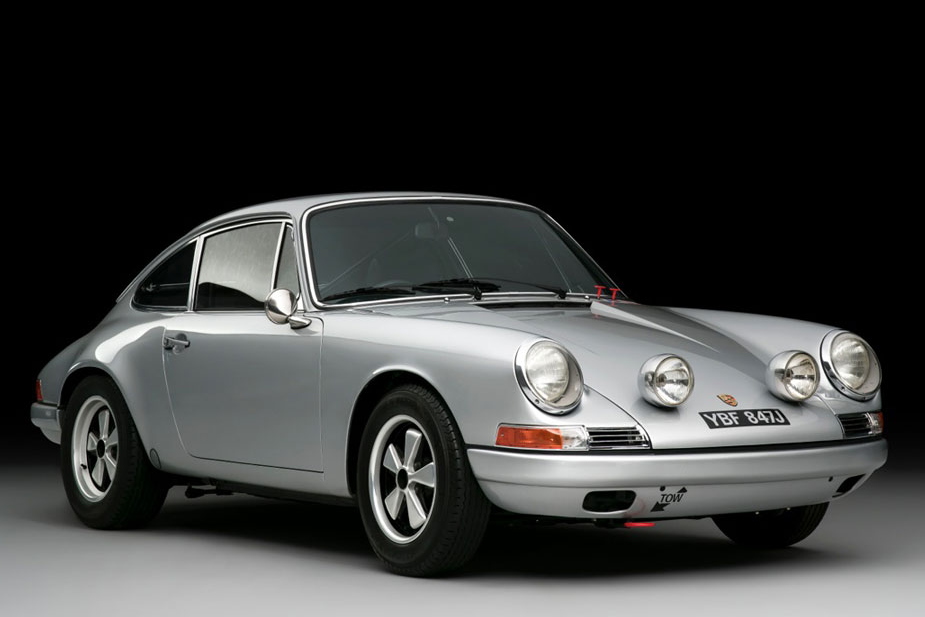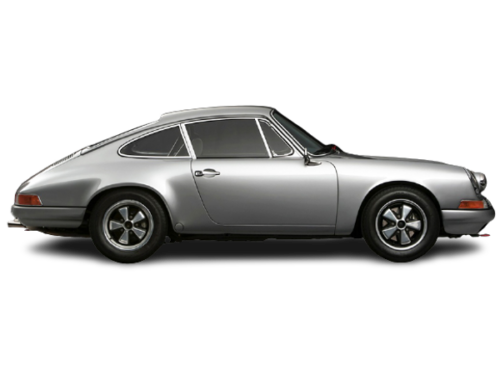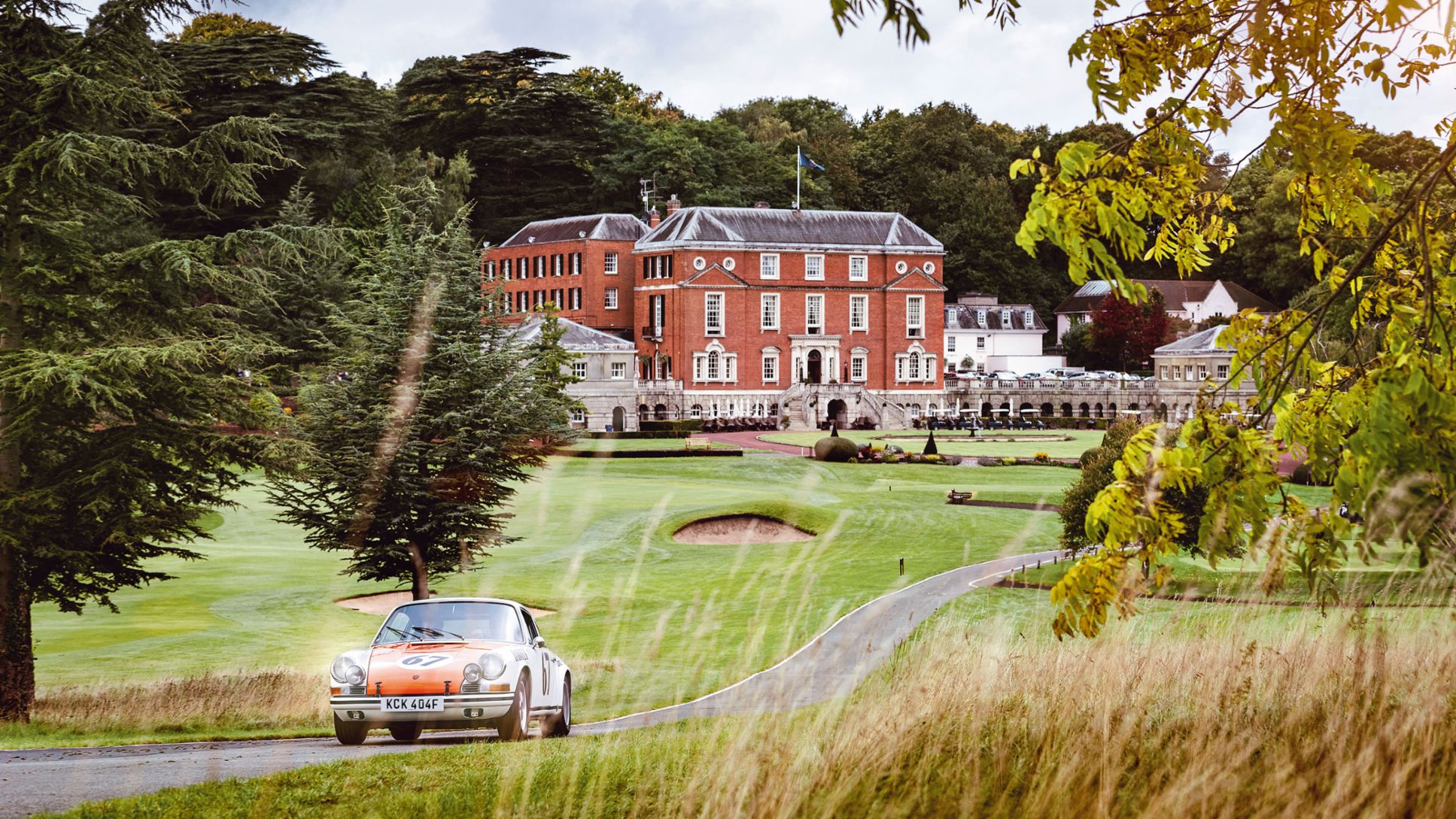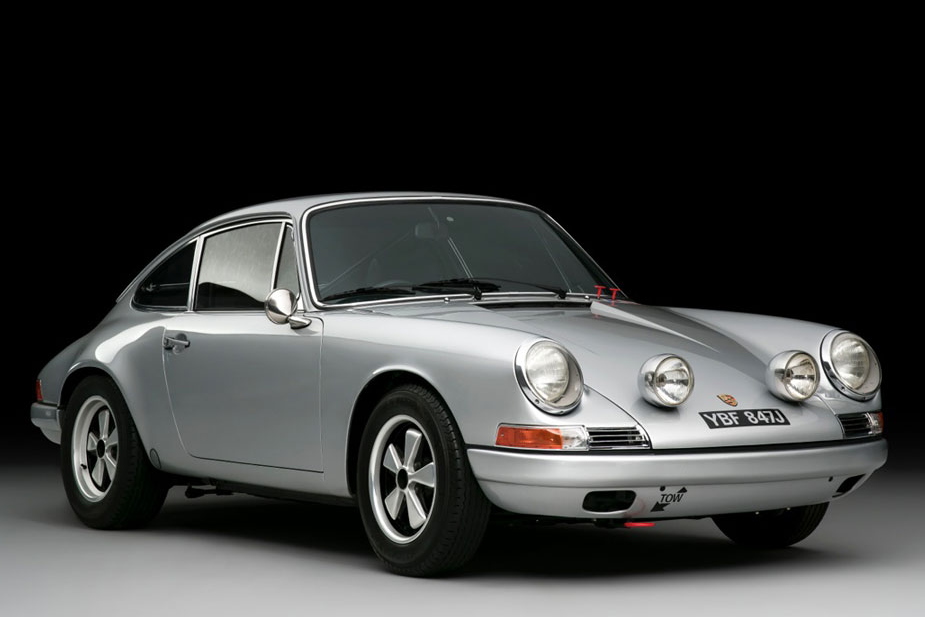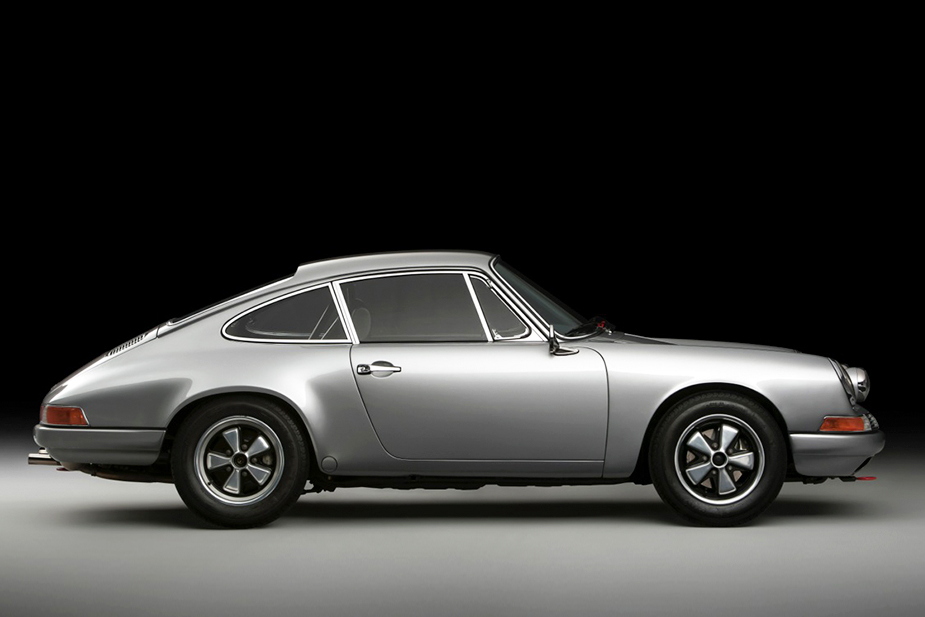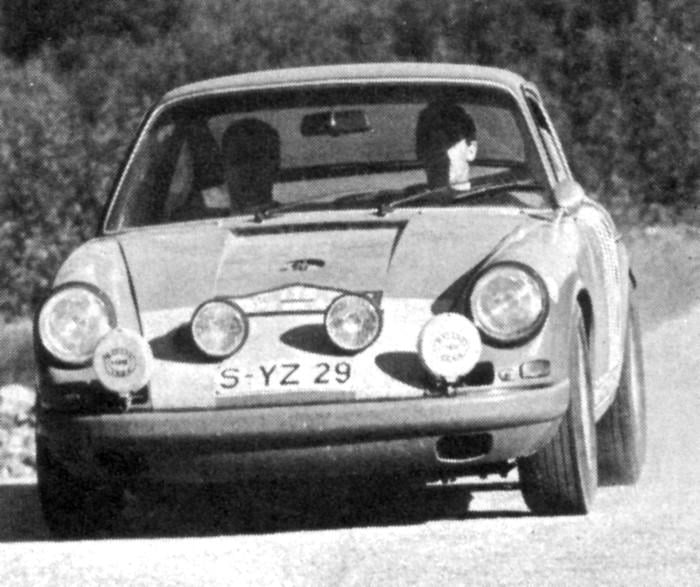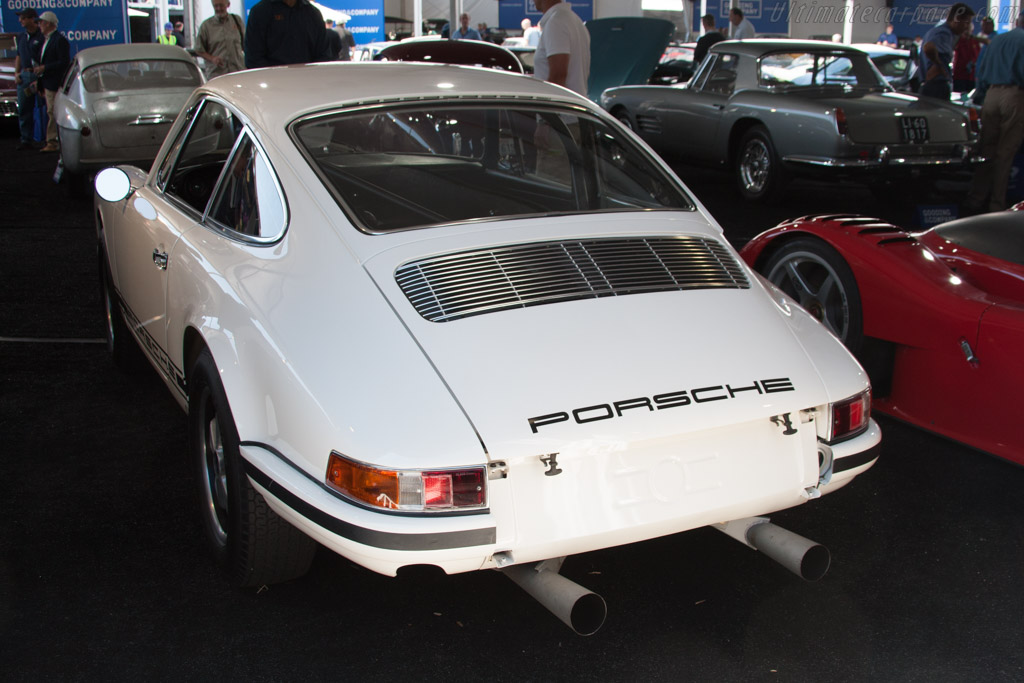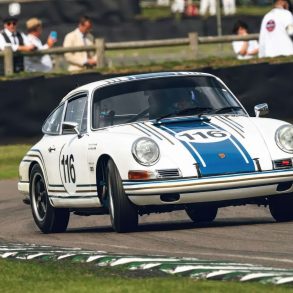1968 Porsche 911 TR – Ultimate Guide
Thanks to the launch of its modern 911 R, the original Porsche 911R has been thrust firmly back into the limelight over the last few years. Developed by Ferdinand Piëch, it was the first time Porsche had built a 911 purely to go racing with. However, the original 911 R wasn’t built in great enough numbers to be homologated for GT competition. That honor would have to wait until the following year when Porsche chose to homologate the 911 properly for the Group 3 class. The resulting car was known as the Porsche 911 T/R, with the factory producing examples for the 1968 season.
In 1968, the FIA decided to reclassify the 911 T into the same category as the 911 S. Considering the T road car weighed 54 kg (118 pounds) less than the S and for competition it could be equipped with a more powerful engine, the S Rally was dropped in favor of the new T/R. Built in 1968 for customers who wanted to go racing and rallying, the TR was thus the first homologated special based on the 911. Unlike the highly modified R, the TR would be eligible for GT class competition, specifically Group 3, and quickly found favor from professionals and amateurs alike.
Porsche offered clients the opportunity to buy a 911 T outfitted with competition equipment directly from the factory, and the resulting cars have become known as the 911 T/R. They were built in low quantities to a range of specifications depending on their intended competition purposes.
The homologation process started with the 911 T. It was already 118 pounds lighter than its ‘S’ sibling, and Porsche went to work making it even lighted. The car was stripped out of any kind of sound deadening, reducing the total weight by a further 52 lbs.
Most were fitted with either a standard 911 S engine with 160 horsepower or a 210 horsepower, twin ignition, 906 spec unit. The ‘S’ engine had single overhead camshafts, dual Weber Triple-Throat carburetors, and developed 160 horsepower at 6,600 rpm. They were backed by a five-speed manual transmission and hydraulic disc brakes were placed at all four corners. The 911 T/R used an independent suspension system with MacPherson struts in the front along and semi-trailing arms in the back, and torsion bars at all four corners.
Additional standard performance items included a limited-slip differential, a lighter flywheel, a stronger clutch, and a separate oil-cooler positioned in the front right wheel well. Among the list of performance options were special exhaust systems, a roll bar, larger 100-liter fuel tanks, wide Fuchs wheels, 911R paint stripes, and a Type 901 five-speed gearbox. All examples were devoid of sound deadening material, carpeting, and non-essential items.
So you can see that the TR was a lightweight that was basically a T fitted with the Rally Kit which gave the S engine as part of the package (or 906 engine). The kit in the T gave the car lightweight features unlike the L and S versions. Perfect for racing then.
It is believed that 35 or fewer 911 T/R have been built in 1968. Of the 35, we know that four were right hand drive. The 911 T/R proved very successful by privateers, scoring numerous victories in the Group 3 class of the World Championship rounds. An outright victory was earned by Erwin Kremer, Rolf Kelleners, and Willy Kauhsen at the Spa 24 Hours. Further development of the 911 resulted in the introduction of the 911 S/T model equipped with an even larger and more potent 2.3-liter version of the flat-six engine.
Obviously quite rare, finding one is almost impossible. If you are looking for one, we found this note on a forum quite interesting and relevant:
“Almost any combination of parts could be ordered, from a 906 engine to a steel body, whatever the customer required they got.All cars were received without sound deadening (saving25kg for starters), the suspension being suitably lowered and anti-surge fuel tanks with dual pumps installed.Two engines were available, the less expensive option having been a 160hp unit from the standard 911 S This could be enhanced with the optional Rally Kit that featured larger carburetor venturis, open inlet trumpets and a twin outlet exhaust all of which took output to 180hp. At the other end of the scale, you could opt for the 230hp 906 engine with its titanium conrods CARRERA 6 pistons, lightened flywheel and strong clutch. When the 906 engine was specified a limited slip was normally fitted as standard. Additionally, it was common place for customers to order R parts for their S engines, valves, ported heads, pistons, Magneti Marelli ignition and pressure side oil filters all cropping up.”
It seems that Porsche racing customers had a plethora of options to choose from when ordering the car, giving them the opportunity to buy their ideal 911, outfitted with competition equipment directly from the factory.
Studio images credit: Tim Scott / Fluid Images
Videos
Pictures


